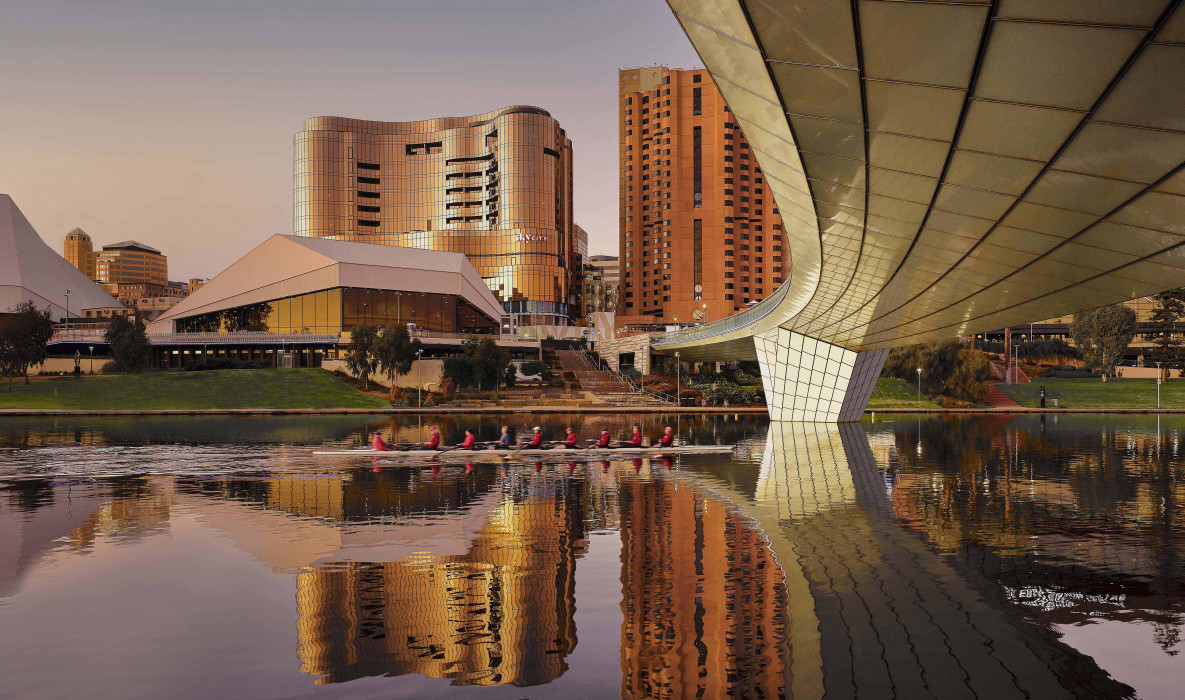
How Clever Construction Helped HY Overcome Some of Australia's Biggest Hurdles
Hansen Yuncken has delivered some of Australia’s most exciting arts, entertainment, education and aged care facilities while expertly managing new and increased challenges during COVID-19. In particular, complications in supply chains have led to the country’s largest shortage of steel and timber.
Given Australia’s geographic location, sourcing these materials from overseas has seemed near impossible. Local sourcing has also been affected by extreme rainfall and flash flooding which have delayed the transportation of materials around the country.
When it comes to delivering large scale, multimillion dollar projects, HY has been able to combine its 100 years of expertise and its forward thinking, innovative tech to use in managing supply chain coordination.
Australia is seeing prices sky rocket with steel rising by an astounding 15 per cent, and lead times for large scale projects are now taking up to eighteen months. This is having a ripple effect on overall project costs which was something that was heavily managed during the expansion of the SkyCity Casino, which used a total of 220 tonnes of steel.
Incorporating shop drawings, or design intent plans as early as possible, provide a client with a rough idea of realistic costings and timings and help avoid potential crises.
We recently used these tactics during the redevelopment of Adelaide’s Her Majesty’s Theatre - which used a total of 950 tonnes of steel. Thanks to this, our team was able to bring in the project on time and under budget.
This is an ongoing issue that we’re primed to take on. Addressing it now will benefit the industry, and therefore Australia’s economy long term. In fact, Australia’s best insurance is providing support for the local capacity of steel production. This is aligned with our drive to empower our people and local networks to grow and progress, giving them opportunities to deliver career-defining projects.
The need for local producers has become more prominent throughout the pandemic with timber and steel only adding to the existing challenges faced by the industry as a result of COVID-19. Even before this shortage, there were major delays in sourcing materials like tiles, vinyl, glass and aluminium due to pandemic-related backlogs.
Throughout the peak of the pandemic, bricks sourced from Spain took nine months longer than usual, while tiles from Dubai suddenly became unavailable. In some instances, these delays and cancellations resulted in our team adapting the project’s original design and identifying opportunities for locally-made products to be used instead.
Open communication and understanding between HY’s staff and clients during these times has been critical to ensuring they understood potential delays and that prices of materials may only be guaranteed for a shorter period of time than usual.
Another way HY has been navigating the situation is by sourcing from several suppliers instead of one. In many cases, suppliers have been able to break up bulk orders to lessen the impact.
When it comes to projects such as aged care facilities, long delays aren’t ideal, so finding a solution is essential. Despite the challenges, it was through detailed planning and open communication with both suppliers and the client, that our team was able to recently complete the construction of the Anglicare Minto Development, a flagship project aimed at helping older Australians to live independently.
Digital modelling of projects can also assist the construction industry in effectively planning ahead and coordinating moving parts during times of crisis. Building Information Modelling (BIM) allows construction professionals to seamlessly plan, design and accurately visualise a project prior to the commencement of work.
Recently, HY’s new BIM technology was implemented on the construction of the Q Building at the University of Newcastle’s Honeysuckle City Campus, involving a facade consisting of 113.4 tonnes of timber. This technology allowed the team to successfully navigate the long lead time for timber supply from Europe to secure a total of 24 container loads of timber and accessories, and complete the mass timber elements ahead of schedule.
While Australia currently has a crisis on its hands, it is essential that workers stay optimistic despite these challenging times and continue to find innovative ways to deliver some of Australia’s biggest builds. While this is possibly the most testing period the sector has seen since Australia’s pre-Olympics construction boom in the 1990s, there are ways around it.